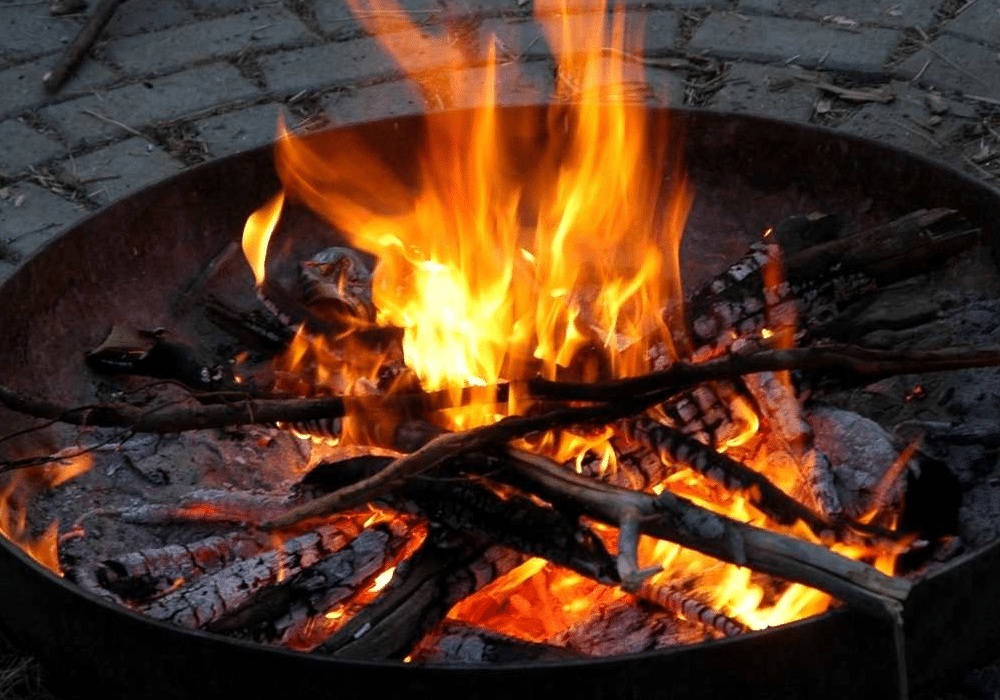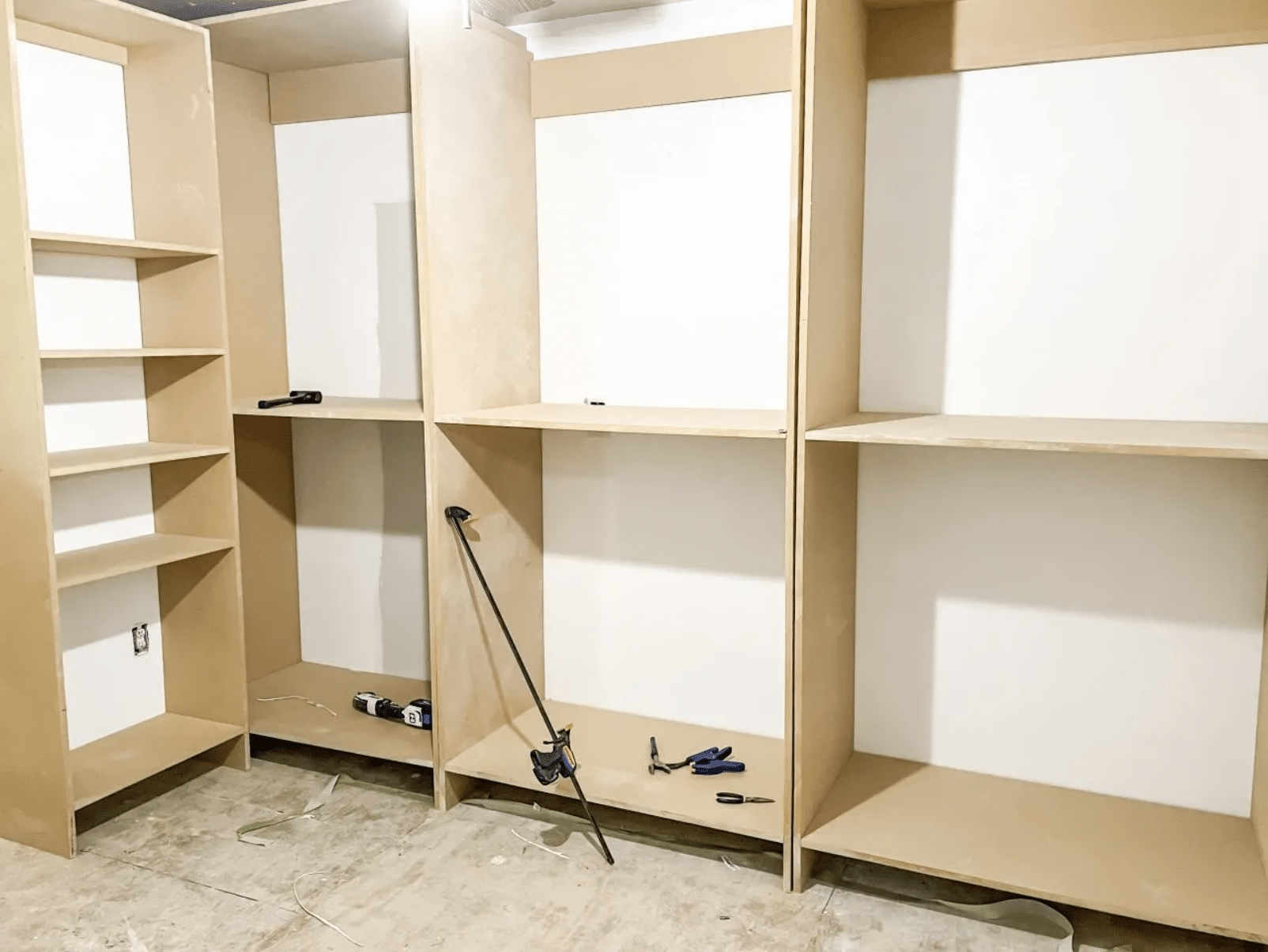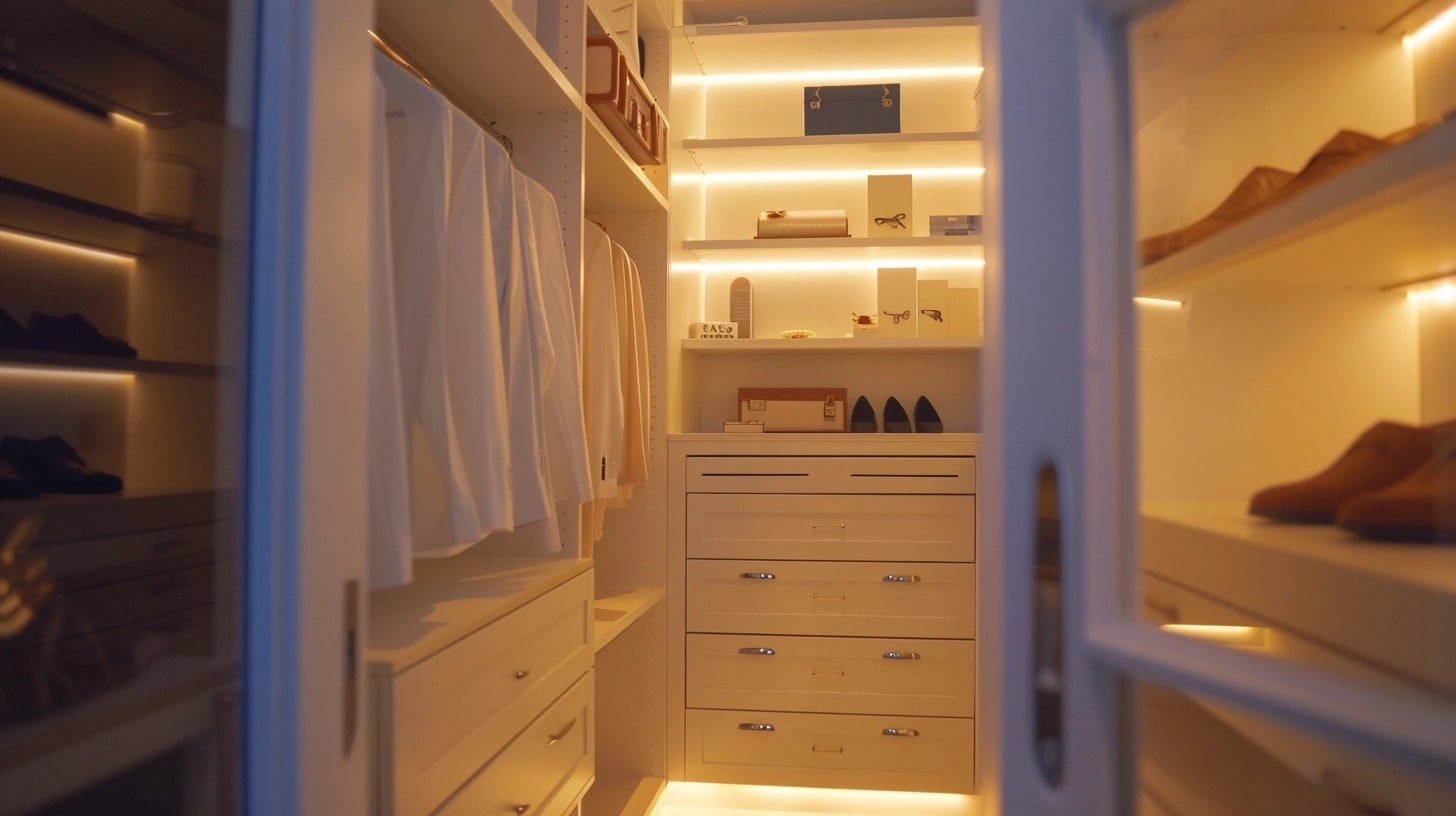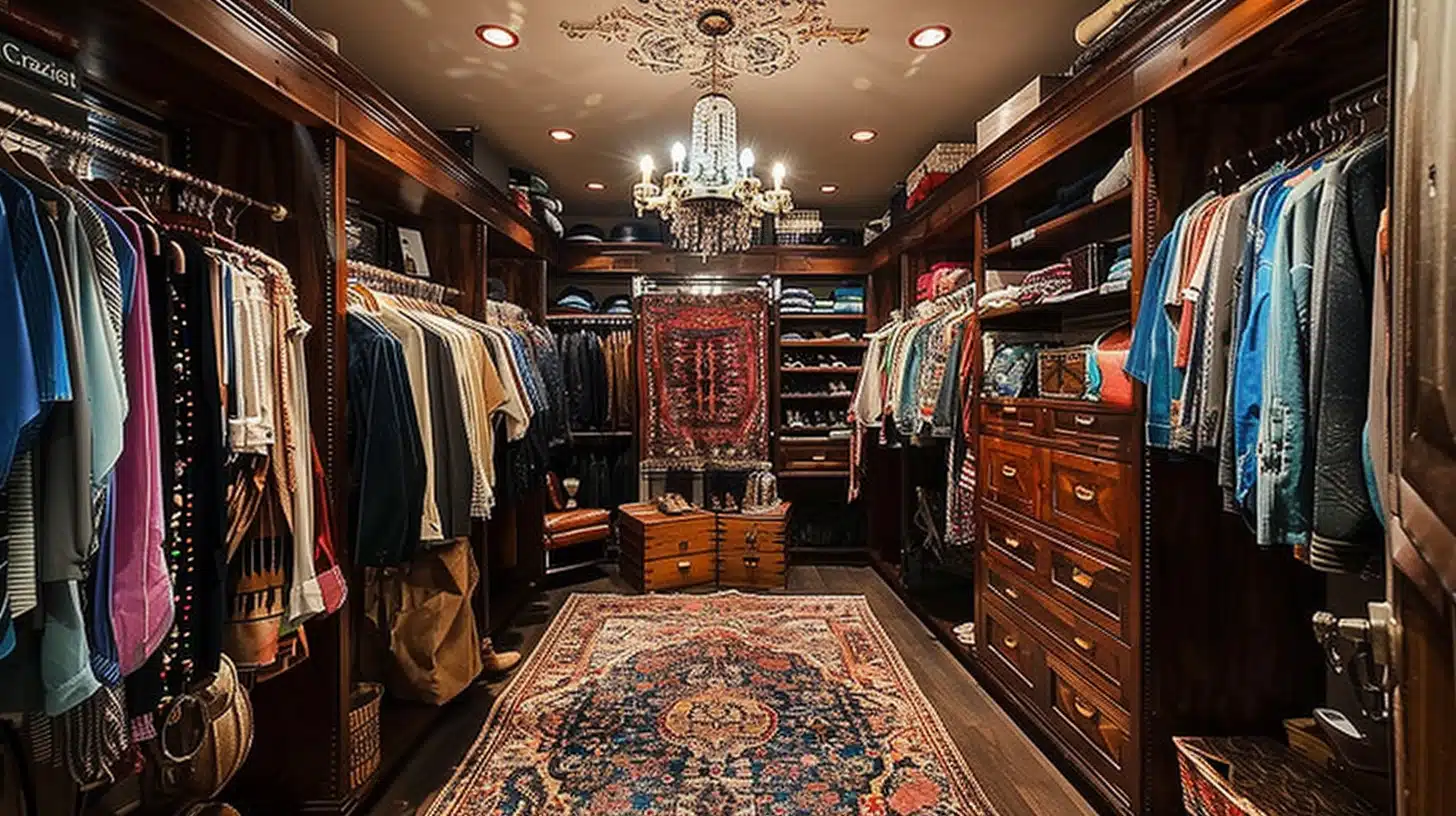Fueling the Flames: A Guide to Different Types of Fire Pit Fuels
Fire pits are eye-catching and practical outdoor features that warm you up in the winter and offer plenty of entertainment in the summer.
If you’re looking to buy one and spice up your outdoor space this year, you’ll need to consider the kind of fuel you will use. Your choice will depend on the experience you’re after.
You can easily find a stylish fire pit with your preferred fuel type. Some popular options are wood, gas, and charcoal, but there are also others available.
From rustic, sturdy pits that add a touch of traditional charm to sleek and modern styles, there’s something for every taste.
These outdoor elements create an ambience that turns a simple alfresco dinner or afternoon tea party into a cherished experience. Read on to discover the benefits of the various fuel sources and make an informed purchase!
Seasoned Wood
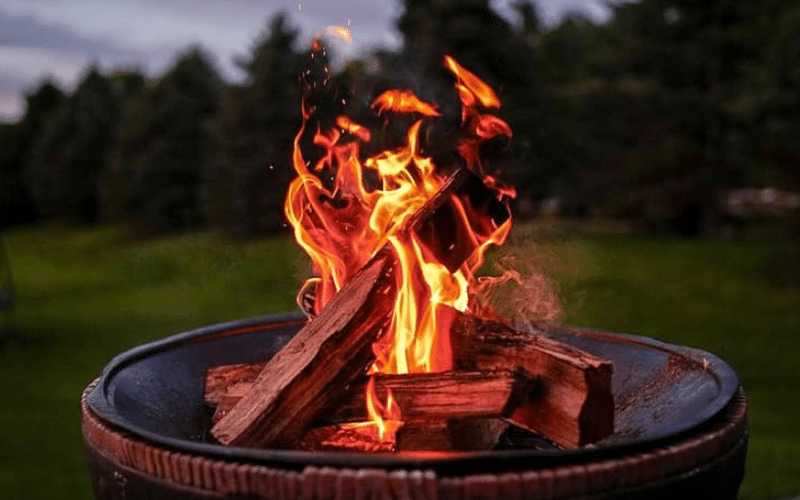
Seasoned wood is an excellent choice if you’re searching for a more conventional fuel for fire pits.
This type of wood has been allowed to dry for a while—usually six months or longer. This kind of wood is a fantastic option for chilly winter evenings, as it creates long-lasting flames that produce more warmth than gas fuels.
It’s often affordable and you’ll often find it in hardware and food stores. It’s important to note that this fuel burns faster than others, so you need to monitor it frequently.
Wood Briquettes and Pellets
Manufacturers grind up sawdust and other kinds of wood waste and turn it into solid blocks, aka wood briquettes. Because these blocks are dense and burn slowly, people frequently use them as fire pit fuel instead of logs.
Briquettes also emit less smoke than conventional logs, making them a potentially better choice for those who don’t like the smoke. One downside of this type of fuel is that the blocks shatter easily and can make a mess.
Like briquettes, wood pellets are also produced from compacted sawdust and wood waste, making them both sustainable resources. Pellets burn cleaner than conventional wood and you can purchase them by the bag or in a larger quantity.
One disadvantage of using pellets is that they’re sometimes more costly than other fuels and produce ash that you need to clean up when the fire is out.
Charcoal
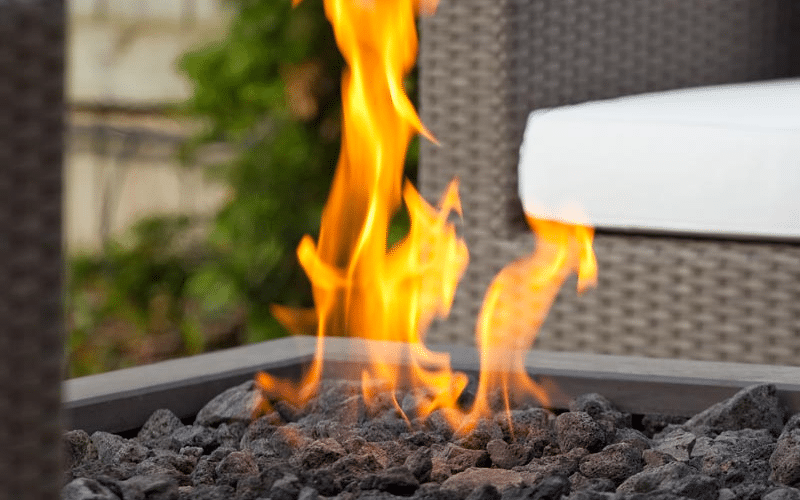
The wood used to make charcoal is burned in a low-oxygen atmosphere for a more effective burn.
Charcoal comes in two varieties: lumps and briquettes. While briquettes consist of sawdust and other wood waste that’s been crushed and compacted, lump charcoal is made from bigger chunks of burnt wood.
Because lump charcoal produces more warmth and burns cleaner than briquettes, people usually regard it as the superior choice. It can, however, be more costly and less available.
Although you can get briquettes at your neighbourhood hardware shop, lump charcoal burns much hotter and cleaner. Lump charcoal is ideal for large gatherings because you won’t need to add as much throughout the event. One downside is that it’s quite dirty and can be more costly than wood.
Ethanol
Are ethanol fire pits any good? In recent years, these pits have become more and more popular for a variety of reasons. These are their biggest benefits:
- Eco-friendly: Among the most important advantages of ethanol fire pits in Australia is their eco-friendliness. Ethanol is a sustainable fuel that consists of plant by-products. These byproducts are created from harvesting crops such as grapes, maize, and sugarcane;
- Minimal upkeep: Another positive aspect of these elements is their low maintenance. Compared to other types of fire pits that run on gas or wood, ethanol pits require less cleaning and maintenance because they don’t have many large moving components and don’t use messy fuel;
- No need for ventilation: Bioethanol fuel doesn’t release any toxic fumes or smoke when you burn it. So, it’s not necessary to install expensive ventilation systems in your house;
- Reasonably priced: Lastly, ethanol fire pits online are an affordable solution. Not only are they incredibly low-maintenance, but they also require no expert installation. Fuel purchases are one of the few expenses you’ll have, but biofuel is also relatively cheap and has a long shelf life.
Propane
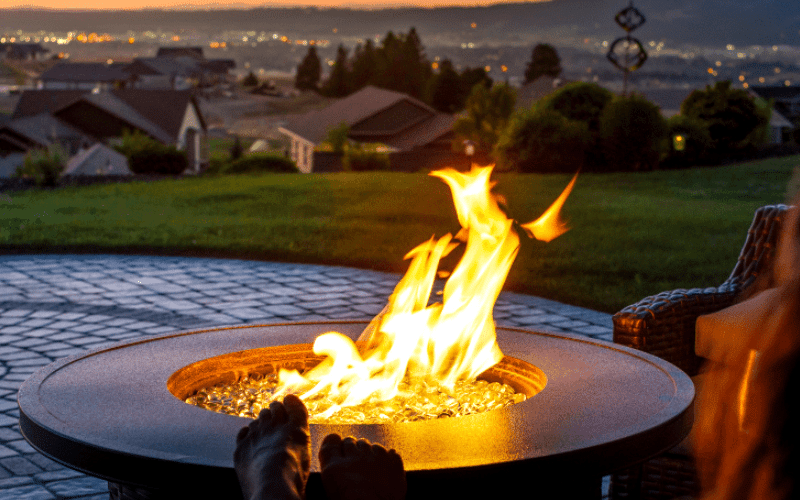
Propane gas burns cleanly and releases little carbon dioxide into the atmosphere. It doesn’t create as much heat as coal or wood, but it’s still plenty to warm you up on a chilly night.
Propane doesn’t leave any mess to clean up, however, it does produce a distinct smell, depending on the ventilation.
Propane tanks are a suitable alternative for long-term usage because you can easily replace them or refill them as necessary. You can often find these in hardware stores.
Benefits of Sitting by a Fire
Who doesn’t enjoy curling up beside a crackling fireplace? Humans have always found sitting around a hearth soothing, without wondering why. However, recent studies have found answers to this question.
Given that humans in the Stone Age relied on fire for socialising, cooking, warmth, and illumination, our natural attraction to a roaring fire probably comes from evolution.
Some studies have monitored participants’ blood pressure as they watched movies of simulated fire, both with and without sound, to determine the precise impacts. Consequently, the study proved that spending time by a cosy fireplace offers these advantages:
- Relaxation: Our minds are drawn to meditatively gazing at flames. Sitting next to a cosy fireplace relaxes your mind, making it a great practice to incorporate before bed. The body begins to unwind as well, with blood pressure falling as the mind calms and becomes stress-free;
- Lower blood pressure: Relaxing beside a cosy fireplace and taking in the sound of firewood crackling has been demonstrated to lower your blood pressure, which is beneficial for your physical well-being. Researchers observed that those who viewed the virtual video with the sound on experienced a greater drop in blood pressure than those who watched it without the sound. This demonstrates how the auditory attraction of a warm, roaring fireplace is equally as significant as its aesthetic value;
- Strengthening bonds: Another enormous advantage of fire pits and fireplaces is that they help maintain social connections. In ancient times, people have used fire to promote social unity. Getting together in front of the cosy fire promotes social contact and conversation in an inviting atmosphere.

